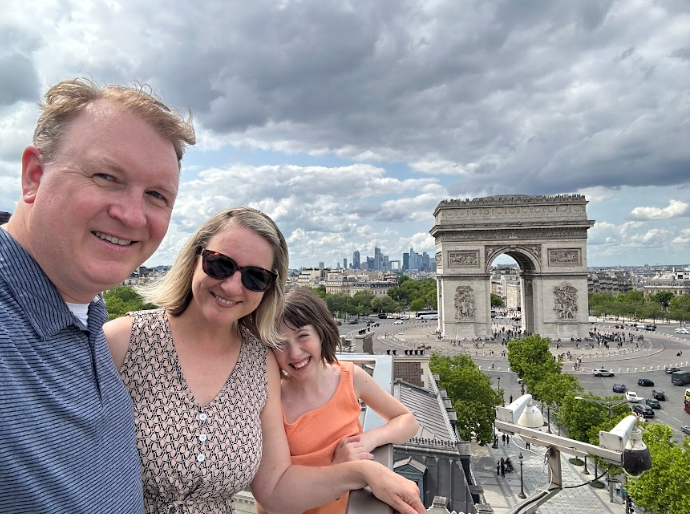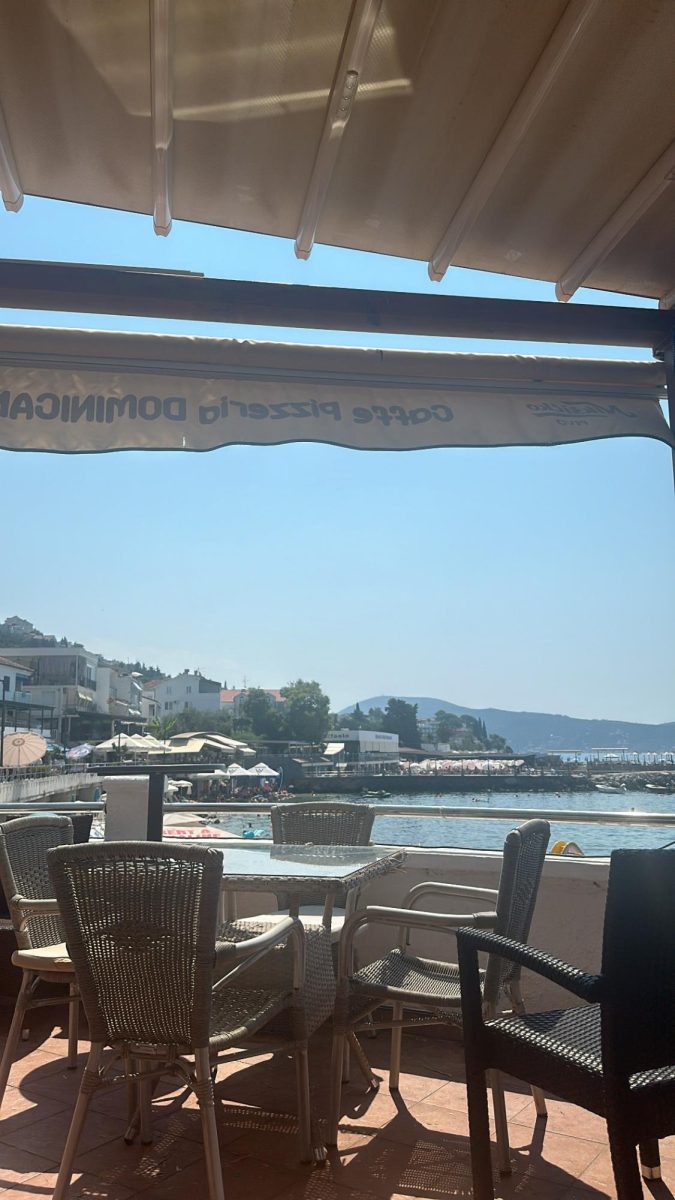The USC Speak Your Mind ice bucket challenge was started by the University of South Carolina to spread awareness and funds towards mental health. The main vision was to empower youth and young adults to help support their peers struggling with mental health.
The challenge has a number of purposes including mental health awareness, self care, ending stigma about mental illness, suicide prevention, encourage open conversations about mental health, and normalizing seeking help.
Participants of the challenge record themselves pouring ice water on their heads, then post the videos online. They challenge others to do the same.
“I got nominated by my friend who lives in Illinois. I did the challenge by myself in my driveway, and my sister poured the water on my head,” sophomore Julie Lehman said.
A common way people shared their videos was posted on their Instagram or Snapchat story, tagging USC Mind, the people who nominated them, and the people they nominated.
The movement was inspired by the summer 2014 challenge, similar to the USC Mind Challenge, of pouring ice water on your head. This challenge was called the ALS Ice Bucket Challenge. It was meant to spread awareness and funds for Amyotrophic Lateral Sclerosis, also known as Lou Gehrig’s disease. The challenge gained significant traction and produced considerable donations for ALS research and care. Around $115 million was generated for the ALS association in just six weeks.
“I remember doing the ALS ice bucket challenge with my family. I was probably in kindergarten at that time,” freshman Clara Svoboda said.
The USC challenge started out as a very small movement, but quickly spread to something much bigger. As of April 29, 2025, over $300,000 has been raised in donations, surpassing its $500 goal.
Although some students don’t really understand how it’s helping spread awareness.
“I don’t see how the challenge is spreading awareness for mental health because it’s just teenagers pouring water on their heads. Nobody that I’ve talked to has donated money to the organization,” freshman Claire Endter said.
Many people would nominate around 2-5 people once they completed the challenge. This made the challenge spread quickly because students were encouraged to nominate their friends from other schools, clubs, and states.
“I got nominated by people at school, and I nominated others from different schools and my swim team,” sophomore Bailey Sowa said.






